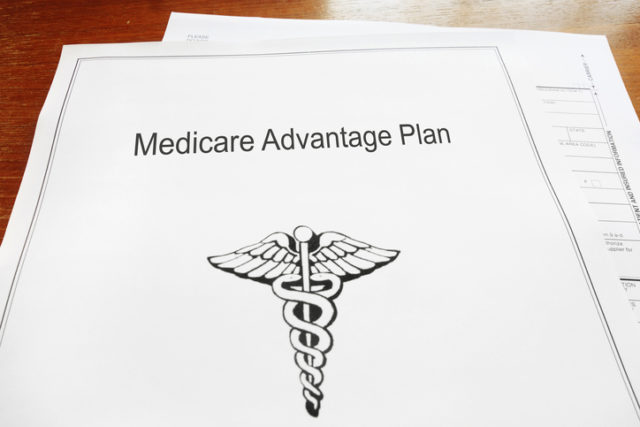
The Medicare Advantage market has significantly higher gross margins per enrollee than other health insurance markets, a new Kaiser Family Foundation (KFF) analysis found.
Gross margins represent the amount by which total premium income exceeds total claims costs per enrollee per year, according to KFF. In 2021, Medicare Advantage gross margins averaged $1,730, more than double other insurance markets. The individual market’s gross margins averaged $745 per enrollee, group market’s gross margins averaged $689 per enrollee and Medicaid managed care’s gross margins averaged $768 per enrollee.
“Across all markets, 2021 gross margins were by far the highest for Medicare Advantage plans. Medicare Advantage plans have both higher average costs and higher premiums (largely paid by the federal government), because Medicare covers an older, sicker population,” the report stated. “So, while Medicare Advantage insurers spend a similar share of their premiums on benefits as other insurers in other markets, the gross margins — which include profits and administrative costs — of Medicare Advantage plans tend to be higher.
The researchers relied on insurer-reported financial data from Health Coverage Portal TM, a market database from Mark Farrah Associates, for its report.
The Medicare Advantage market’s gross margins were similar to pre-pandemic levels. Meanwhile, gross margins in the individual and group markets were lower than before Covid-19, and gross margins in the Medicaid market were higher.
KFF’s report also analyzed medical loss ratios, meaning the percent of premium income insurers pay out in medical claims. Lower medical loss ratios typically mean that the payer has more money left over after paying medical costs that they can keep as profits or use for administrative costs, according to the report. KFF found that medical loss ratios were similar across all markets in 2021, between 86% and 88%.
Loss ratios have changed somewhat since 2019, though. Medicaid average loss ratios were lower in 2021 compared to 2019, which signifies increased profitability, KFF said. Average loss ratios for group and Medicare Advantage markets were slightly higher in 2021 than 2019, and loss ratios were significantly higher for the individual market compared to prepandemic levels.
“Individual market loss ratios in 2021 are substantially higher than those seen in the years leading up to the pandemic … 2018 and 2019 were exceptionally lucrative years for the individual market,” the researchers said. “Many plans fell short of the ACA’s medical loss ratio requirements and were therefore required to issue large rebates to consumers based on their 2018 and 2019 experience.”
The analysis comes as Medicare Advantage enrollment continues to grow. In 2023, Medicare Advantage enrollment is expected to represent more than 50% of all Medicare beneficiaries, according to KFF. This rise is “potentially spurred by the prospect of strong financial returns,” the report stated.
Photo: zimmytws, Getty Images








